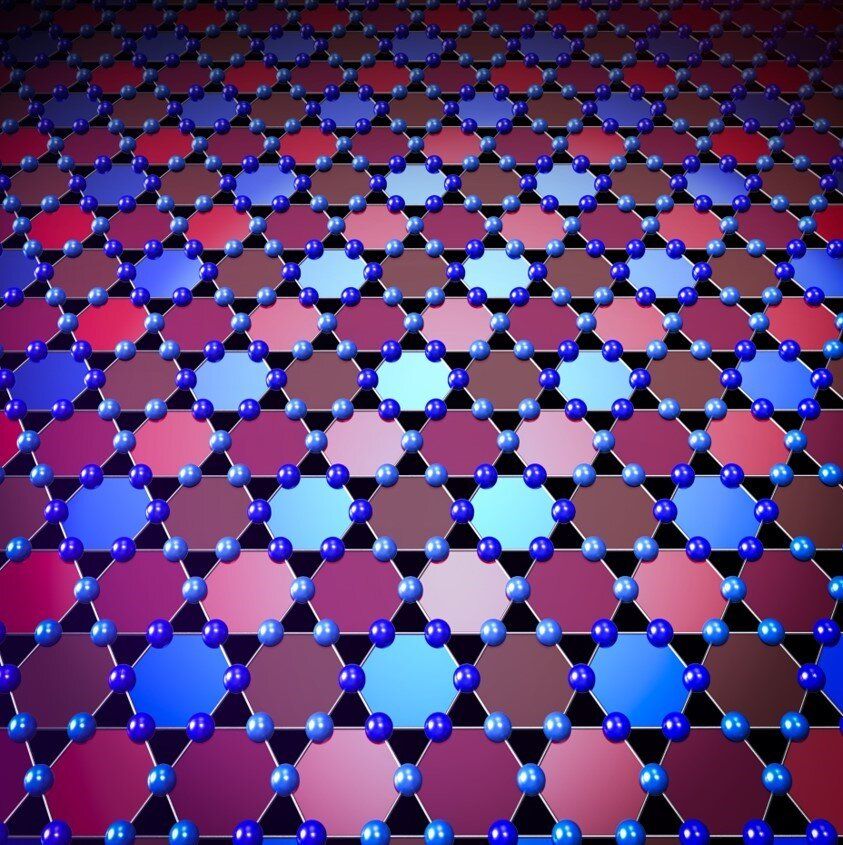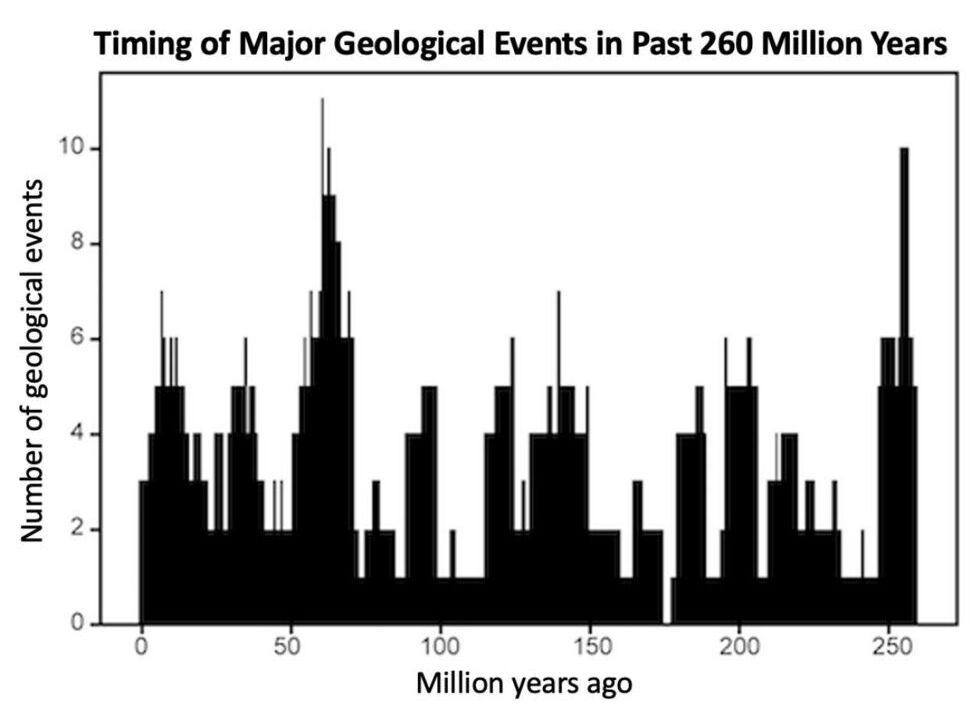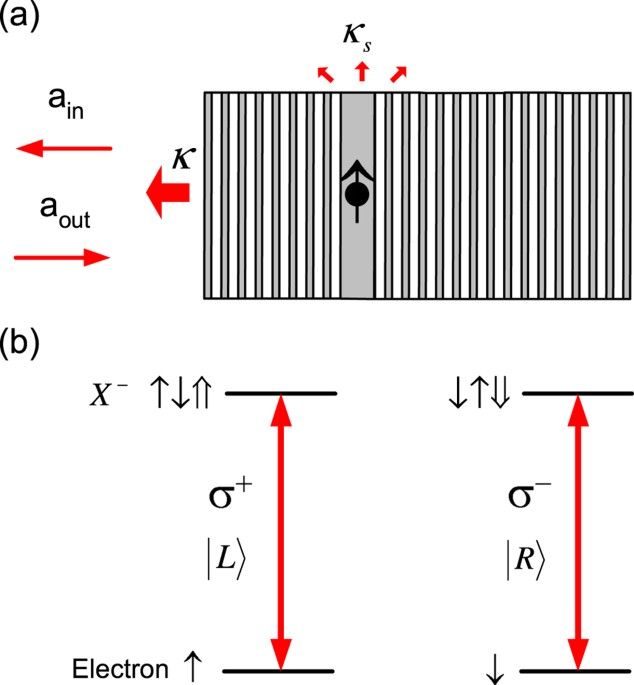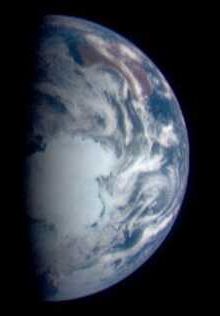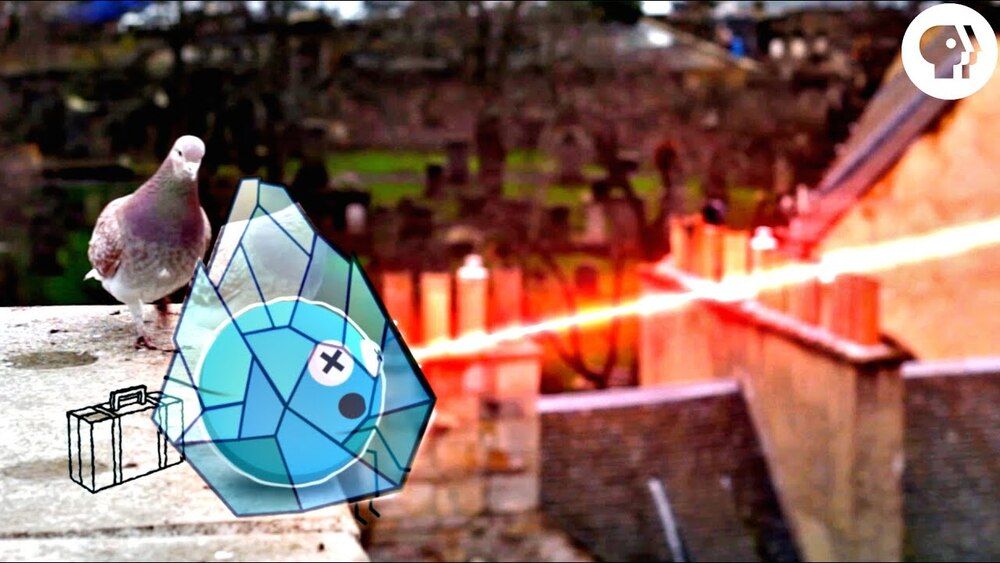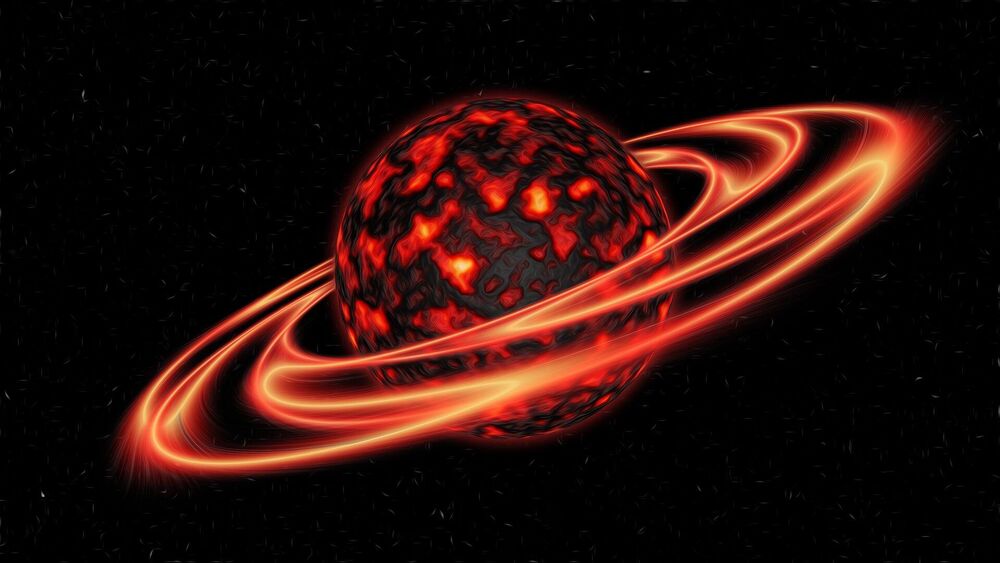Jun 19, 2021
Team discovers unexpected quantum behavior in kagome lattice
Posted by Saúl Morales Rodriguéz in categories: particle physics, quantum physics
An international team led by researchers at Princeton University has uncovered a new pattern of ordering of electric charge in a novel superconducting material.
The researchers discovered the new type of ordering in a material containing atoms arranged in a peculiar structure known as a kagome lattice. While researchers already understand how the electron’s spin can produce magnetism, these new results provide insights into the fundamental understanding of another type of quantum order, namely, orbital magnetism, which addresses whether the charge can spontaneously flow in a loop and produce magnetism dominated by extended orbital motion of electrons in a lattice of atoms. Such orbital currents can produce unusual quantum effects such as anomalous Hall effects and be a precursor to unconventional superconductivity at relatively high temperatures. The study was published in the journal Nature Materials.
“The discovery of a novel charge order in a kagome superconductor with topological band-structure which is also tuneable via a magnetic field is a major step forward that could unlock new horizons in controlling and harnessing quantum topology and superconductivity for future fundamental physics and next-generation device research,” said M. Zahid Hasan, the Eugene Higgins Professor of Physics at Princeton University, who led the research team.
